Nationality English Period 1885–1943 | Name W. Jacobs Role Author | |
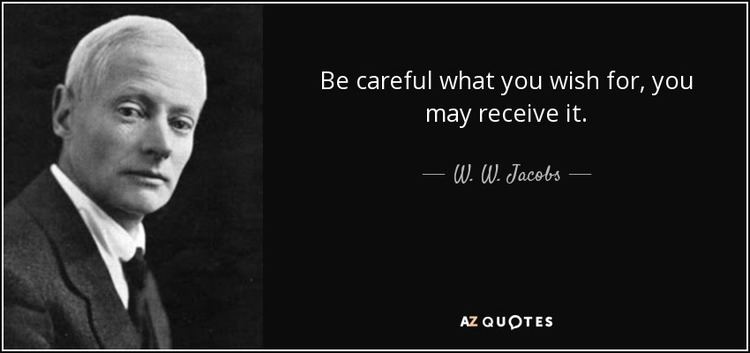 | ||
Born William Wymark Jacobs8 September 1863Wapping, London, England ( 1863-09-08 ) Occupation Short story writer, novelist Spouse Agnes Eleanor Williams (m. 1900–1943) Movies Deathdream, Our Relations, The Third String Parents William Gage Jacobs, Sophia Wymark Books The Monkey's Paw, The Lady of the Barge, At Sunwich Port, The skipper's wooing, Light freights Similar People Stephen King, Edgar Allan Poe, Brett Simmons, M R James, Thomas Hardy | ||
The monkey s paw w w jacobs audiobook short story
William Wymark "W. W." Jacobs (8 September 1863 – 1 September 1943) was an English author of short stories and novels. Although much of his work was humorous, he is most famous for his horror story "The Monkey's Paw".
Contents
- The monkey s paw w w jacobs audiobook short story
- Night watches w w jacobs audiobook
- Early life
- Early work
- Literature
- Dramatic work
- Personal
- Film adaptations
- References
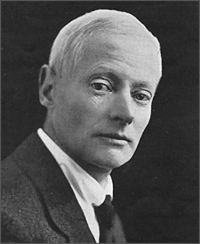
Night watches w w jacobs audiobook
Early life
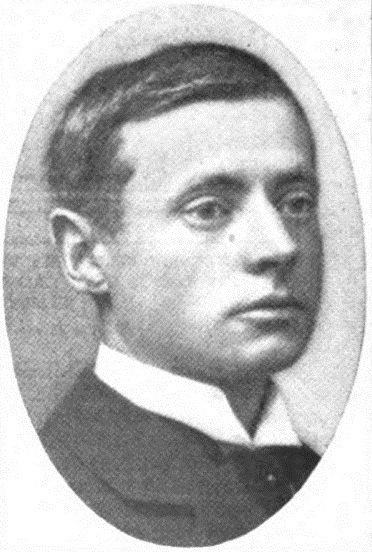
Jacobs was born in Wapping, London; his father was a wharf manager on the South Devon wharf at Lower East Smithfield. He was educated at a private school in London and later at Birkbeck College (then called Birkbeck Literary and Scientific Institution, now part of the University of London).
Early work
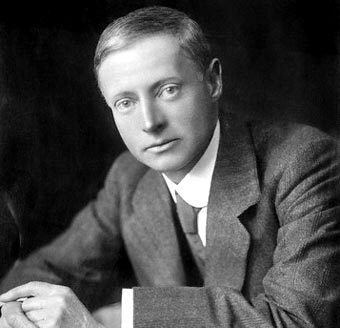
In 1879, Jacobs began work as a clerk in the civil service, in the Post Office Savings Bank, and by 1885 he had his first short story published. His road to success was relatively slow: Arnold Bennett writing in 1898 was astonished that Jacobs turned down the sum of £500 for six short stories. Jacobs was financially secure enough to be able to leave the Post Office in 1899.
Literature
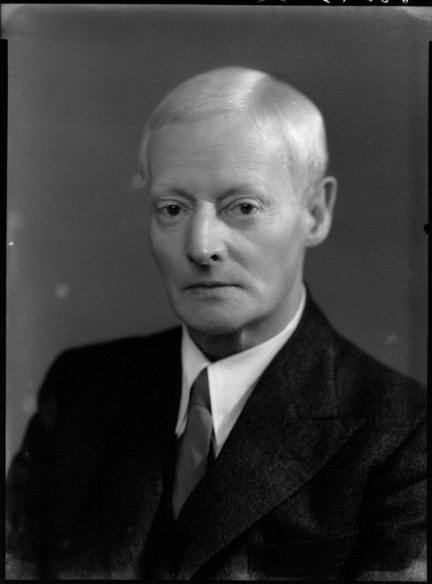
Jacobs is now remembered for his macabre tale "The Monkey's Paw" (published 1902 in the collection of short stories The Lady of the Barge) and several other ghost stories, including "The Toll House" (published 1909 in the collection of short stories Sailors' Knots) and "Jerry Bundler" (published 1901 in the collection Light Freights). However, the majority of his output was humorous in tone. His favourite subjects were marine life: "men who go down to the sea in ships of moderate tonnage" said Punch, reviewing his first collection of stories, Many Cargoes, which achieved great popular success on its publication in 1896. Michael Sadleir described Jacobs' fiction thus: "he wrote stories of three kinds; describing the misadventures of sailor-men ashore; celebrating the artful dodger of a slow-witted village; and tales of the macabre".
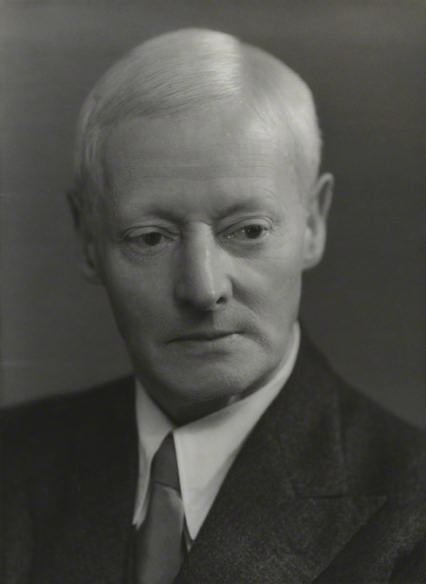
Many Cargoes was followed by the novel The Skipper's Wooing in 1897, and another collection of short stories, Sea Urchins (1898) set the seal on his popularity. Among his other titles are Captains All, Sailors' Knots, and Night Watches. The title of the last reflects the popularity of perhaps his most enduring character: the night-watchman on the wharf in Wapping, recounting the preposterous adventures of his acquaintances Ginger Dick, Sam Small, and Peter Russet. These three characters, pockets full after a long voyage, would take lodgings together determined to enjoy a long spell ashore; but the crafty inhabitants of dockland London would soon relieve them of their funds, assisted by the sailors' own fecklessness and credulity. Jacobs showed a delicacy of touch in his use of the coarse vernacular of the East End of London, which attracted the respect of such writers as P. G. Wodehouse, who mentions Jacobs in his autobiographical work Bring on the Girls! written with Guy Bolton, published in 1954.
The stories which made up Many Cargoes had a varied previous serial publication, while those in Sea Urchins were, for the most part, published in Jerome K. Jerome's Idler. From October 1898 Jacobs' stories were being published in The Strand, an arrangement which lasted almost to his death, and provided him with financial security.
John Drinkwater described Jacobs' fiction as being "in the Dickens tradition".
Dramatic work
Jacobs' short-story output declined somewhat around the time of the First World War. His literary efforts between then and his death were predominantly adaptations of his own short stories for the stage. His first stage work, "The Ghost of Jerry Bundler" was performed in London in 1899, revived in 1902 and eventually published in 1908.
Personal
Jacobs married Agnes Eleanor Williams in 1900 at West Ham, Essex. Prior to their marriage, Agnes had been a noted Suffragette. The 1901 Census records their living with their first child, a three-month-old daughter, at Kings Place Road, Buckhurst Hill, Essex. Also recorded in this household were his journalist sister Amy and his sister-in-law Nancy Williams. The Jacobs' Kings Place Road household also included a cook and an additional domestic servant. Altogether, the Jacobs were to have two sons and three daughters.
Jacobs went on to set up home in Loughton, Essex, where he had two houses, the Outlook, in Park Hill, and Feltham House, in Goldings Hill. On the site of the latter is a blue plaque to him. Loughton is the "Claybury" of some of the short stories, and Jacobs' love for the forest scenery in the area features in his "Land Of Cockaigne". Another blue plaque shows Jacobs' central London residence at 15 Gloucester Gate, Regents Park (later used for the Prince of Wales's Institute of Architecture).
Jacobs stated that although he had held left-wing opinions in his youth, in his later years his political position was "Conservative and Individualistic".
Jacobs died at Hornsey Lane, Islington, London.
